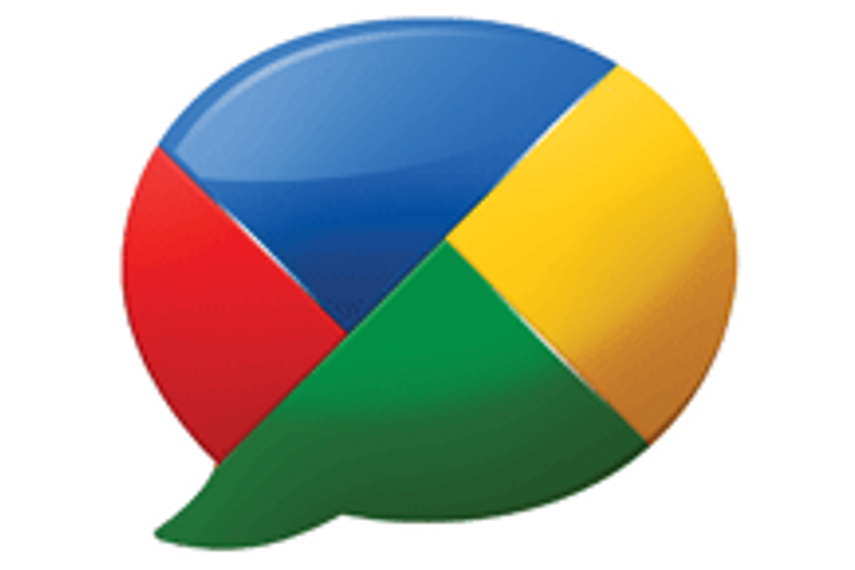
Please sign in or register
Existing users sign in here
Having trouble signing in?
Contact Customer Support at
[email protected]
or call+91 22 69489600
Launched on February 9, 2010, Google Buzz is barely two months old. And though, according to numbers released by Google, tens of millions of people took a look at what this new social media site had to offer in the first two days of its launch, interest has since waned.

Contact Customer Support at
[email protected]
or call+91 22 69489600
Top news, insights and analysis every weekday
Sign up for Campaign Bulletins
Incumbent Mother declined to repitch; Ikea is handling the review internally.
The historic ICC win was the result of decades of persistence away from television cameras and marketing budgets.
The content series also connects to the automaker’s ‘12 Days of Christmas’ giveback initiative.
Review aimed to 'reduce complexity, improve execution and accelerate growth'.